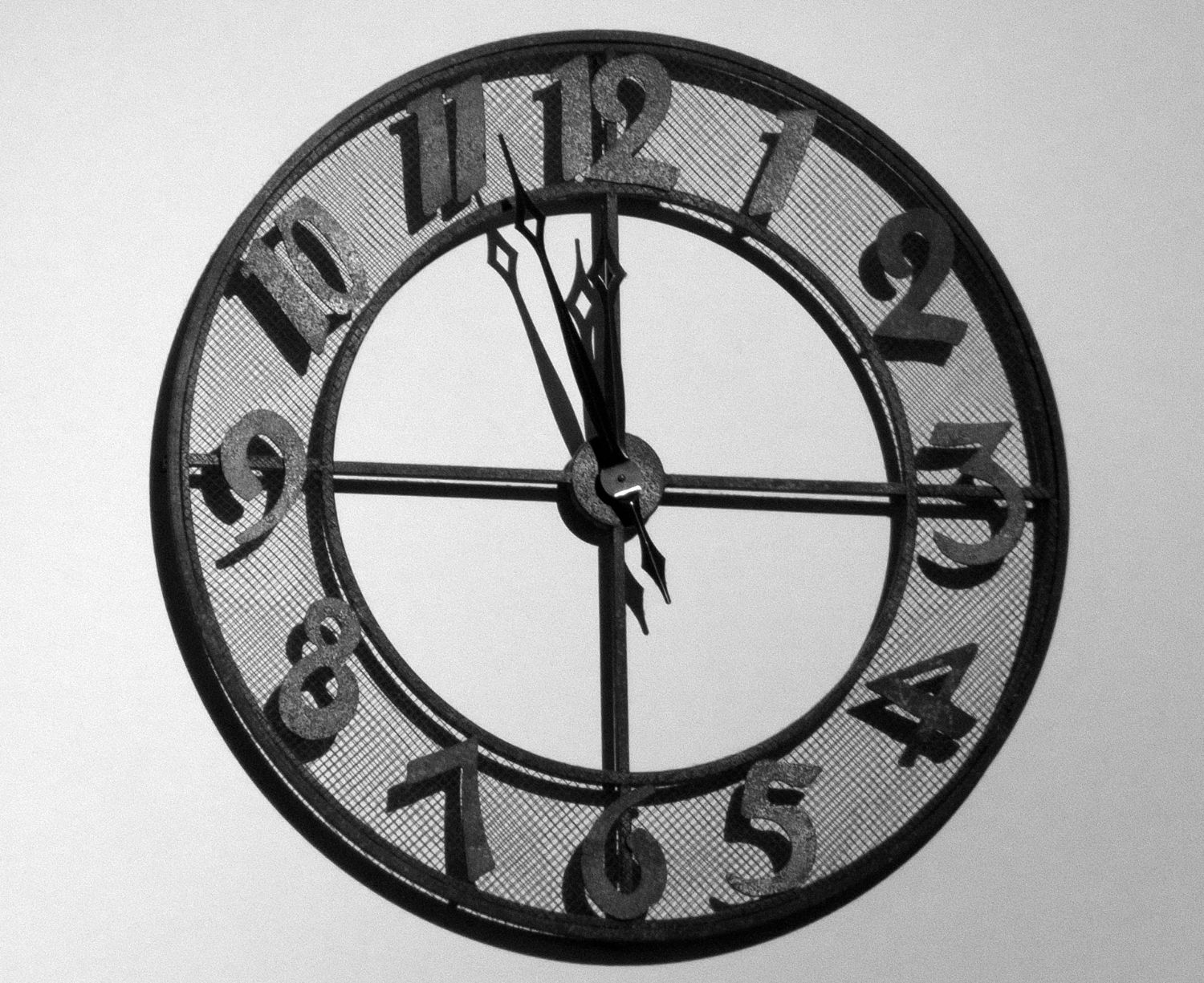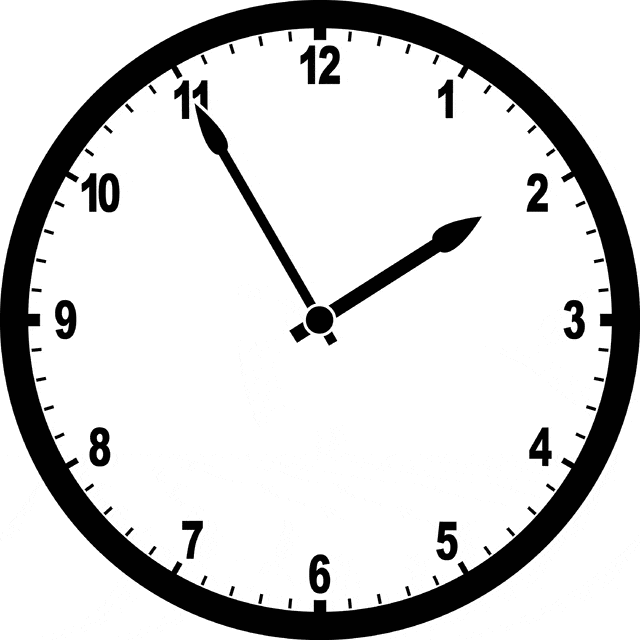Telling time in Samoan
Telling time in Samoan, of course you’ll need to know numbers in Samoan and then 3 main time structures.
When someone asks ‘Ua ta le fia? or It has struck the how many…basically what time is it
The first sentece structure, let’s use the hour of 2. ‘Ua ta le lua, ‘Ua kuata le lua, ‘Ua afa le lua
‘Ua is the present tense marker, le means the, and lua is two.
ta means to strike, kuata is quarter, and afa means half
It has struck the 2, It is a quarter the two, It’s the half the two
Next if we’re talking about a time reference after 2, we’d say Its now 10 minutes after 2. ‘Ua sefulu minute e te’a ai le lua. Its now 10 minutes after the two.
If we’re talking about a time reference before 2, we’re saying that the time is moving to our reference of 2. So if it’s 1:54, we’d say “Its now before 6 minutes to the 2″ ‘Ua toe ono minute i le lua”.
You’ll hear other abbreviated ways of telling time, but these are the basics.
Telling Time Techniques in Other Languages
Compare telling time in other languages to Samoan by referencing the following information:
Telling Time in Different Languages: Techniques and Tips
Learning how to tell time is a fundamental skill, and mastering this in multiple languages can be both challenging and rewarding. Understanding how different cultures express time enhances language learning and provides deeper cultural insights. In this article, we will explore techniques for telling time in various languages, highlighting unique aspects and providing practical tips.
1. Telling Time in Spanish
In Spanish, telling time involves understanding a few key phrases and numbers. Here’s a simple guide:
- Basics:
- “Es la una” (It’s one o’clock)
- “Son las dos” (It’s two o’clock)
- Minutes:
- Use “y” for minutes past the hour: “Son las dos y cinco” (It’s 2:05)
- Use “menos” for minutes to the hour: “Son las tres menos cuarto” (It’s 2:45)
Tips:
- Practice with both 12-hour and 24-hour formats.
- Use context-based practice, such as daily schedules or appointment settings.
2. Telling Time in French
French has some similarities to Spanish, with a few unique twists.
- Basics:
- “Il est une heure” (It’s one o’clock)
- “Il est deux heures” (It’s two o’clock)
- Minutes:
- “Il est deux heures cinq” (It’s 2:05)
- “Il est trois heures moins le quart” (It’s 2:45)
Tips:
- Focus on the pronunciation of numbers and practice using digital and analog clocks.
- Incorporate common time-related phrases like “du matin” (in the morning) and “de l’après-midi” (in the afternoon).
3. Telling Time in German
German time-telling combines straightforward numerical systems with specific phrases.
- Basics:
- “Es ist ein Uhr” (It’s one o’clock)
- “Es ist zwei Uhr” (It’s two o’clock)
- Minutes:
- “Es ist zwei Uhr fünf” (It’s 2:05)
- “Es ist Viertel vor drei” (It’s 2:45)

Telling time in Samoan
Tips:
- Master the 24-hour clock, which is commonly used in Germany.
- Practice saying times in various contexts, like transportation schedules or TV program timings.
4. Telling Time in Chinese
Chinese uses a straightforward approach with characters for numbers and specific words for hours and minutes.
- Basics:
- “现在一点” (xiànzài yī diǎn) (It’s one o’clock)
- “现在两点” (xiànzài liǎng diǎn) (It’s two o’clock)
- Minutes:
- “现在两点五分” (xiànzài liǎng diǎn wǔ fēn) (It’s 2:05)
- “现在差一刻三点” (xiànzài chà yī kè sān diǎn) (It’s 2:45)
Tips:
- Familiarize yourself with Chinese characters for numbers.
- Use flashcards to practice different times.
5. Telling Time in Japanese
Japanese time-telling blends numerical expressions with specific time-related words.
- Basics:
- “今は一時です” (ima wa ichiji desu) (It’s one o’clock)
- “今は二時です” (ima wa niji desu) (It’s two o’clock)
- Minutes:
- “今は二時五分です” (ima wa niji gofun desu) (It’s 2:05)
- “今は二時四十五分です” (ima wa niji yonjūgofun desu) (It’s 2:45)
Tips:
- Practice with both kanji and romaji for better comprehension.
- Use time-telling exercises in daily conversation practice.
6. Telling Time in Arabic
Arabic has a rich numerical system, and telling time involves both modern and traditional expressions.
- Basics:
- “الساعة الواحدة” (al-sā‘a al-wāḥida) (It’s one o’clock)
- “الساعة الثانية” (al-sā‘a al-thāniya) (It’s two o’clock)
- Minutes:
- “الساعة الثانية وخمس دقائق” (al-sā‘a al-thāniya wa khams daqā’iq) (It’s 2:05)
- “الساعة الثالثة إلا ربع” (al-sā‘a al-thālitha illā rub‘) (It’s 2:45)
Tips:
- Learn the Arabic numerals and practice with both modern and colloquial expressions.
- Use visual aids like clock faces to practice different times.
7. Telling Time in Russian
Russian time-telling combines numerical phrases with specific time-related words.
- Basics:
- “Сейчас один час” (Seichas odin chas) (It’s one o’clock)
- “Сейчас два часа” (Seichas dva chasa) (It’s two o’clock)
- Minutes:
- “Сейчас два часа пять минут” (Seichas dva chasa pyat’ minut) (It’s 2:05)
- “Сейчас без пятнадцати три” (Seichas bez pyatnadtsati tri) (It’s 2:45)
Tips:
- Focus on the pronunciation and practice with real-life scenarios.
- Use Russian language apps and tools to enhance learning.
Conclusion
Learning to tell time in different languages not only helps in daily communication but also provides a deeper understanding of cultural nuances. By practicing regularly and using various techniques, you can master the art of telling time in multiple languages, enhancing your overall language proficiency.
For more lessons visit:





